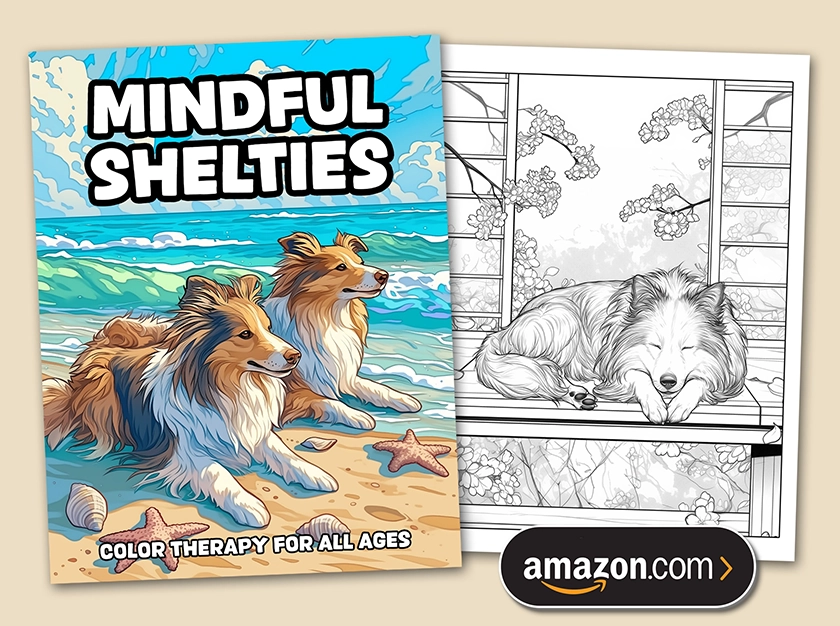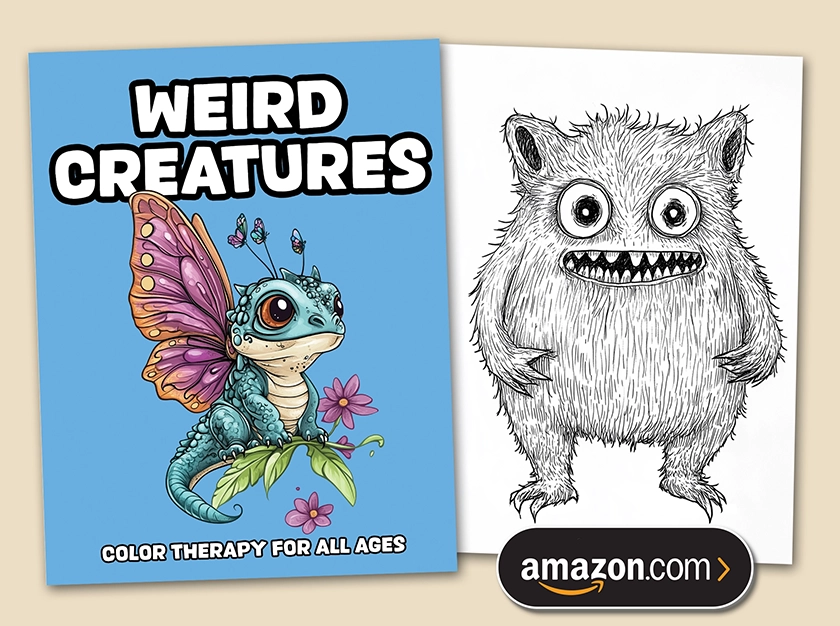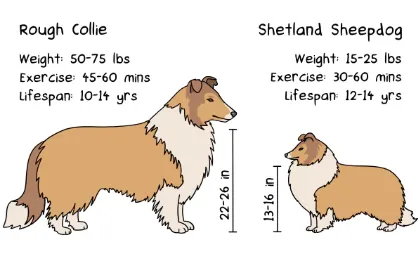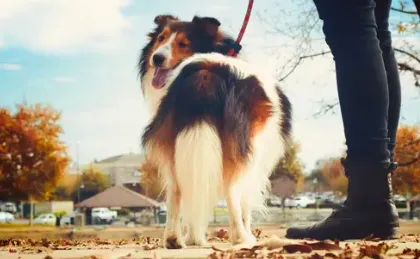Dogs are part of the family, but that doesn't mean they can eat like us. Some human foods are dangerous even in small amounts, which is why 400,000+ pets are accidentally poisoned every year in the US. While some of these are from medicines, detergents, and snail bait, poisoning via the pantry is still way too common.
Here are 30 foods that are toxic to dogs to help prevent some of those emergency vet visits. Plus, scroll to the end to download your free print-at-home fridge poster.
Extremely Toxic (Can Be Fatal in Tiny Amounts)
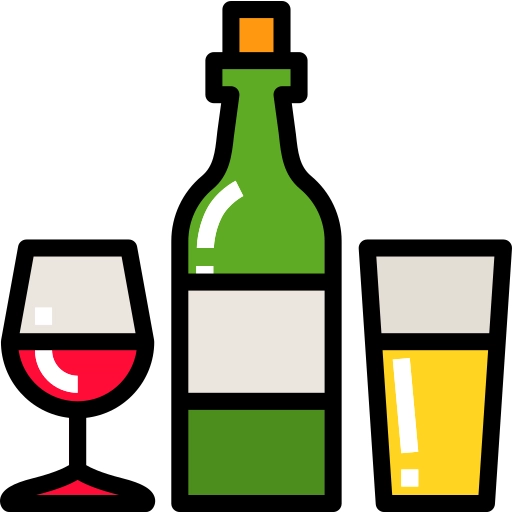
Alcohol
Even trace amounts of alcohol are highly toxic to dogs due to their slower metabolic rate and smaller body size compared to humans. Ethanol, the active compound in alcoholic beverages and fermenting foods, affects the central nervous system and can cause vomiting, staggering, labored breathing, tremors, coma, and death. Dogs are especially at risk because they can't efficiently process alcohol, making substances like beer, wine, spirits, fermented dough, and even some syrups and extracts particularly hazardous. Alcohol poisoning sets in quickly, and without immediate treatment, the outcome can be fatal.
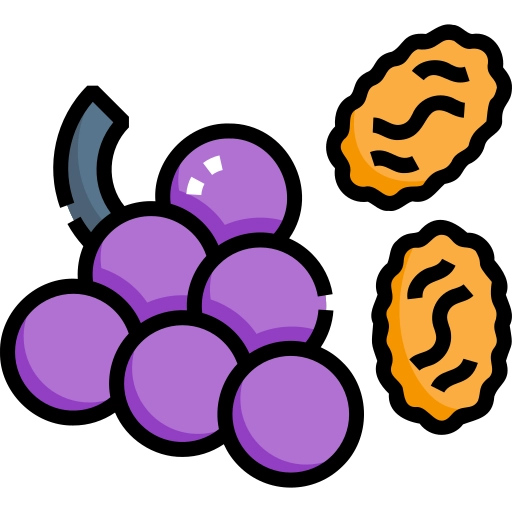
Grapes & Raisins
Grapes and raisins are known to cause sudden acute kidney failure in dogs, even in small amounts. The exact toxic component remains unidentified, but ingestion can lead to vomiting, diarrhea, lethargy, decreased appetite, abdominal pain, and eventual anuria (the inability to produce urine). Some dogs are more sensitive than others, but there is no safe threshold.
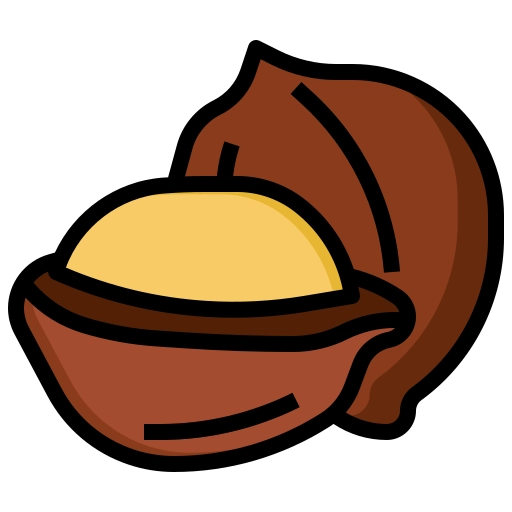
Macadamias
Macadamia nuts contain an unknown toxin that affects the nervous system of dogs, even in small amounts (as few as six nuts in a medium-sized dog). Symptoms typically appear within 12 hours and include vomiting, ataxia (wobbliness), tremors, fever, lethargy, and hind limb weakness. Although fatalities are rare, the neurological symptoms can be alarming and may need vet care.
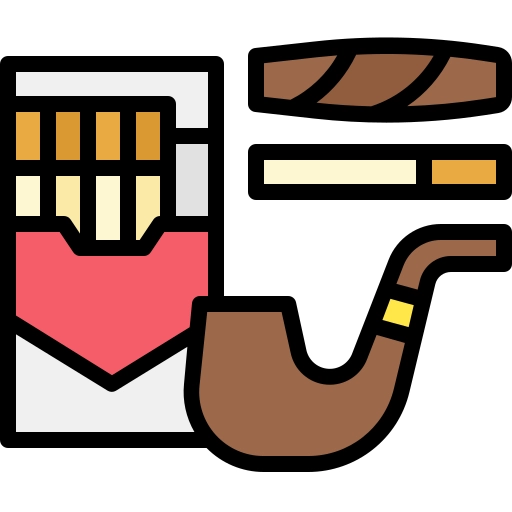
Tobacco
Tobacco products contain nicotine, which is highly toxic to dogs. Nicotine affects the autonomic nervous system and can lead to vomiting, hypersalivation, rapid heart rate, tremors, weakness, seizures, and respiratory failure. Ingesting cigarettes, nicotine gum, vape juice, or chewing tobacco can be fatal. Symptoms usually appear within 30–60 minutes and require immediate emergency treatment.

Xylitol
Xylitol is an artificial sweetener found in sugar-free gum, candies, baked goods, toothpaste, and even some peanut butters. A single stick of sugar-free gum can be deadly to a 20lb (9kg) dog, causing rapid insulin release and potentially lethal levels of hypoglycemia within an hour of ingestion. Symptoms include weakness, staggering, vomiting, tremors, seizures, and liver failure. See a vet fast.
Highly Toxic (Harmful in Small Amounts)
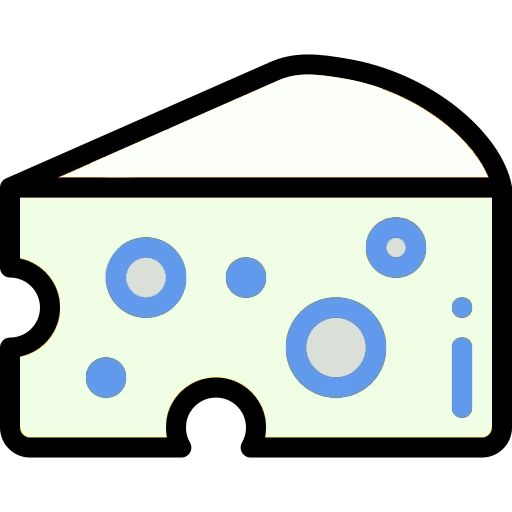
Blue Cheese
Blue cheese poses a dual threat to dogs due to its fat content and the presence of Roquefortine C, a mycotoxin produced by the Penicillium mold used in its aging process. This compound can cause vomiting, diarrhea, tremors, and seizures, especially in dogs with heightened sensitivity. Some cases have reported hyperthermia and elevated heart rate following blue cheese ingestion. Because symptoms can take several hours to manifest, any ingestion should be treated as an emergency.
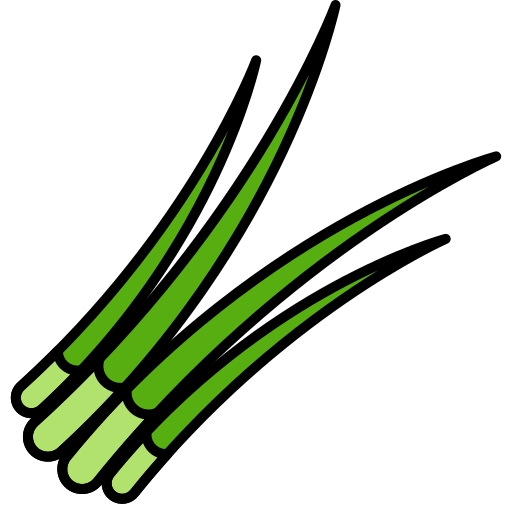
Chives
Chives are part of the allium family (includes onions, garlic, and leeks) known for oxidative compounds that damage red blood cells. If a dog eats even small amounts of chives it can lead to hemolytic anemia, characterized by weakness, rapid breathing, pale gums, and lethargy. The damage may not be immediate and symptoms often take days to appear, making diagnosis difficult. Whether cooked or raw, all forms of chives are toxic.

Chocolate
Chocolate contains theobromine and caffeine, both methylxanthines that overstimulate the nervous and cardiovascular systems in dogs. Dark chocolate and baking chocolate contain the highest concentrations of theobromine and are the most dangerous. Symptoms range from vomiting and diarrhea to tremors, arrhythmias, seizures, and death.
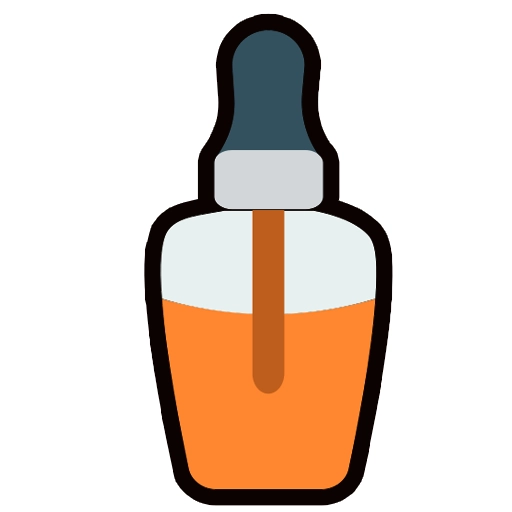
Citrus Oil
Citrus essential oils—including those derived from oranges, lemons, and limes—can be toxic to dogs when ingested or applied to the skin. These oils contain compounds like limonene and linalool, which can cause vomiting, diarrhea, depression, tremors, and even liver damage in high doses. Exposure through scented products, cleaners, or diffusers can be just as risky as ingestion, particularly for small breeds or dogs with liver issues.
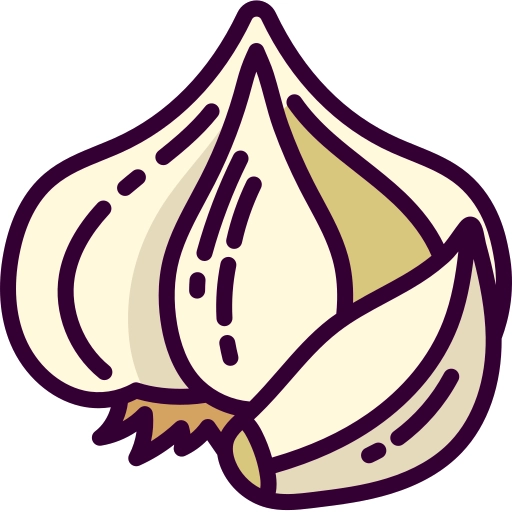
Garlic
Garlic is significantly more toxic to dogs than onions, with a higher concentration of thiosulfates: compounds that cause oxidative damage to red blood cells and can lead to hemolytic anemia. Signs of poisoning may include vomiting, abdominal pain, pale gums, weakness, and jaundice. Cumulative effects can build over time, making chronic low-level exposure (such as from garlic powder as seasoning) just as dangerous as a single large dose.

Leeks
Leeks, like other members of the allium family, contain thiosulfates that lead to oxidative damage in canine red blood cells, causing hemolytic anemia. Symptoms start with fatigue, weakness, and pale gums, before progressing to life-threatening anemia. Cooked leeks are just as dangerous as raw, and cumulative exposure increases toxicity risks.

Onions
Onions are highly toxic to dogs, whether raw, cooked, powdered, or dried. They contain thiosulfates, which break down red blood cells and lead to hemolytic anemia. Clinical signs can take days to develop and may include vomiting, weakness, rapid breathing, dark urine, and collapse. Even onion-flavored foods, like soup mixes or baby food, can be harmful due to concentrated extracts.
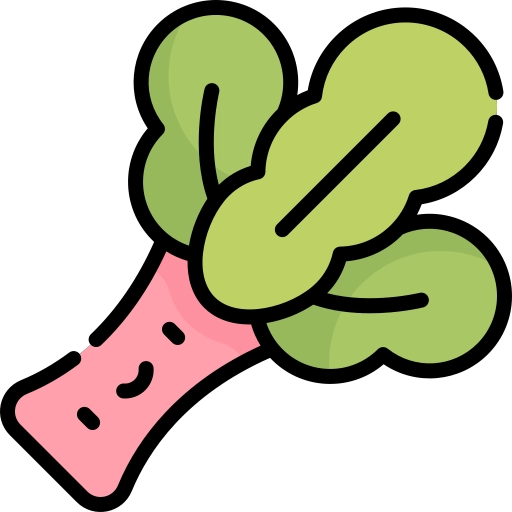
Rhubarb
Rhubarb contains calcium oxalates which can cause drooling, tremors, and kidney failure in dogs. Oxalates bind with calcium in the bloodstream, leading to dangerously low calcium levels (hypocalcemia), which impairs muscle and nerve function. In severe cases, ingestion can result in cardiac arrhythmias or death.
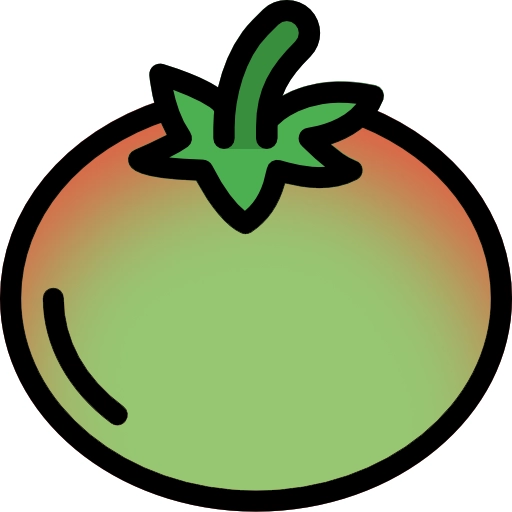
Unripe Tomatoes
Green, unripe tomatoes contain higher concentrations of solanine, a glycoalkaloid compound naturally produced by plants in the nightshade family as a defense mechanism. Solanine is toxic to dogs even in moderate amounts and can cause a range of symptoms like vomiting, diarrhea, abdominal pain, drooling, lethargy, muscle weakness, slowed heart rate, and confusion. The highest solanine concentrations are in the green parts of the plant (stems, leaves, and unripe fruit).
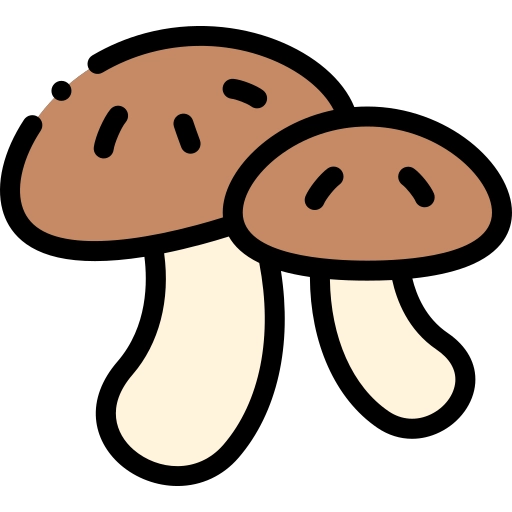
Wild Mushrooms
Wild mushrooms are a high-risk hazard because many contain potent mycotoxins that can cause vomiting, abdominal pain, liver failure, kidney failure, seizures, and death. Amanita species are notoriously toxic, while even some cultivated mushrooms can cause gastrointestinal upset in sensitive dogs. Because of the difficulty in identifying toxic versus safe varieties, it's best to avoid feeding mushrooms to dogs altogether.
Moderately Toxic (Harmful in Large Amounts)
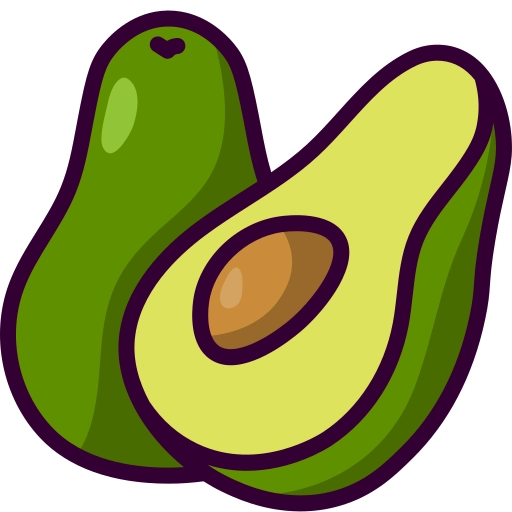
Avocado
Avocados contain a fungicidal toxin called persin, which in large amounts can cause vomiting, diarrhea, and myocardial damage. Eating large quantities can still result in gastrointestinal upset, while the pit also poses a risk of choking and intestinal obstruction. The high fat content of avocados can also trigger pancreatitis, a painful and potentially life-threatening inflammation of the pancreas.
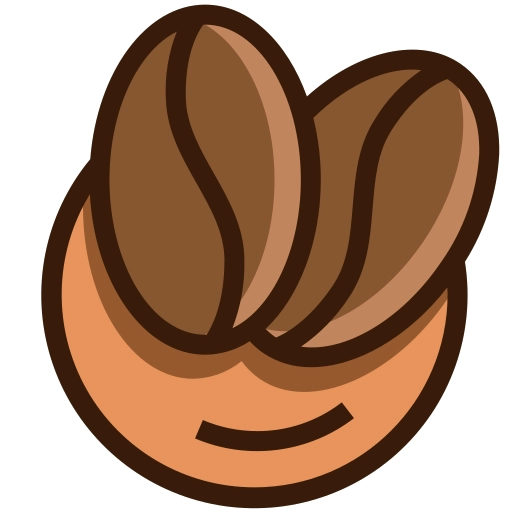
Caffeine
Caffeine is a potent stimulant found in coffee, tea, soda, energy drinks, and certain medications. In dogs, it can lead to caffeine toxicity, which manifests as hyperactivity, elevated heart rate, restlessness, tremors, seizures, and collapse. Dogs metabolize caffeine much more slowly than humans, meaning even small doses can accumulate to dangerous levels. Theobromine, a related compound in chocolate, often compounds caffeine's effects, making caffeine-laced treats doubly hazardous.

Cooked Bones
Cooking changes the structure of bones, making them brittle and prone to splintering. When dogs chew or swallow the cooked bones of any animal, they risk punctures in the mouth, esophagus, stomach, or intestines. These sharp fragments can cause internal bleeding, blockages, or fatal perforations. While raw bones are usually considered safe to eat due to their pliability, it's a good idea to supervise your dog in case of choking.
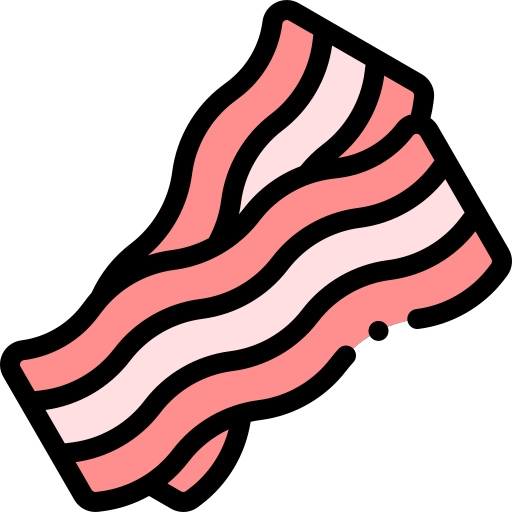
Fatty Meat
Fatty cuts of meat, like bacon or pork belly, are high in saturated fats that can overwhelm a dog's digestive system and trigger acute pancreatitis. This inflammation of the pancreas is not only painful but potentially fatal if left untreated. Symptoms include vomiting, diarrhea, hunched posture, fever, and lethargy. Long-term ingestion of fatty foods also increases the risk of obesity, cardiovascular strain, and chronic gastrointestinal issues.
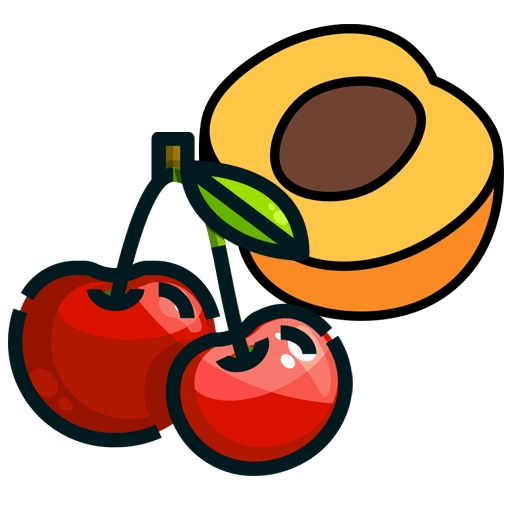
Fruit Pips & Seeds
Many fruit seeds and pits, like those from apples, cherries, peaches, and apricots, contain amygdalin: a cyanogenic glycoside that metabolizes into cyanide when digested. Cyanide interferes with cellular oxygen uptake, essentially suffocating tissues. Symptoms of poisoning include labored breathing, dilated pupils, shock, and death. Larger pits also pose choking hazards or can obstruct the intestines, especially in smaller dogs.
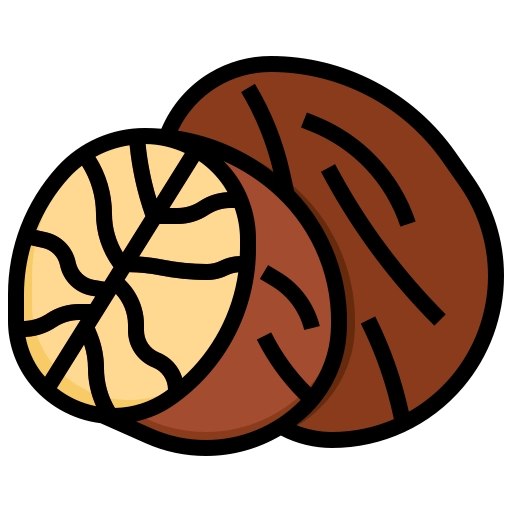
Nutmeg
Nutmeg contains myristicin, a naturally occurring compound that affects the central nervous system. In dogs, even small doses can cause disorientation, hallucinations, dry mouth, high blood pressure, elevated heart rate, tremors, and seizures. In higher quantities, nutmeg toxicity can be fatal. Given that nutmeg is commonly found in baked goods and spice mixes, it's important to keep those items out of reach.
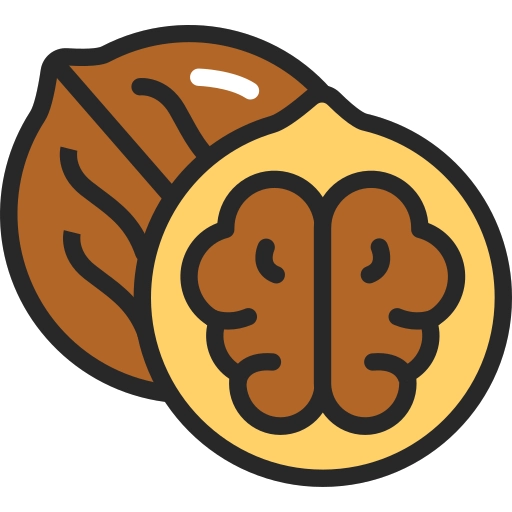
Walnuts
While regular walnuts aren't highly toxic, black walnuts and moldy walnuts pose a serious risk. Black walnuts contain juglone, which can cause gastrointestinal distress and tremors. Moldy walnuts, regardless of type, can harbor tremorgenic mycotoxins, leading to vomiting, ataxia, muscle tremors, and seizures. These neurological symptoms can last for days and require hospitalization.
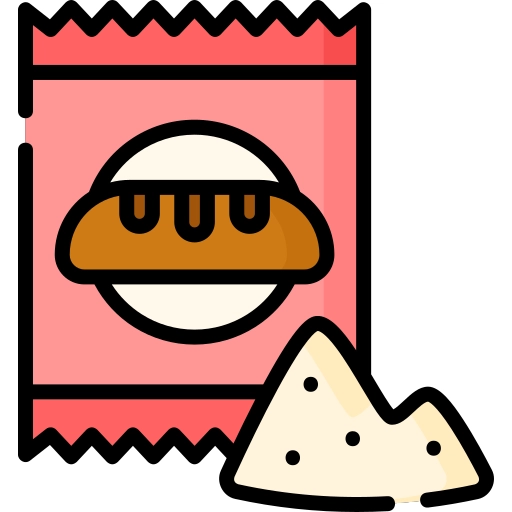
Yeast Dough
Unbaked yeast dough is extremely dangerous for dogs because it continues to rise after ingestion, expanding inside the warm, moist environment of the stomach. This can lead to painful bloating, known as gastric distension, which in severe cases may cause gastric dilatation-volvulus (GDV): a life-threatening condition where the stomach twists on itself, cutting off blood flow. As yeast ferments, it also produces ethanol to cause alcohol poisoning in dogs. Symptoms include disorientation, vomiting, hypothermia, difficulty breathing, seizures, and coma.
Mildly Toxic (Harmful if Exposed Long Term)
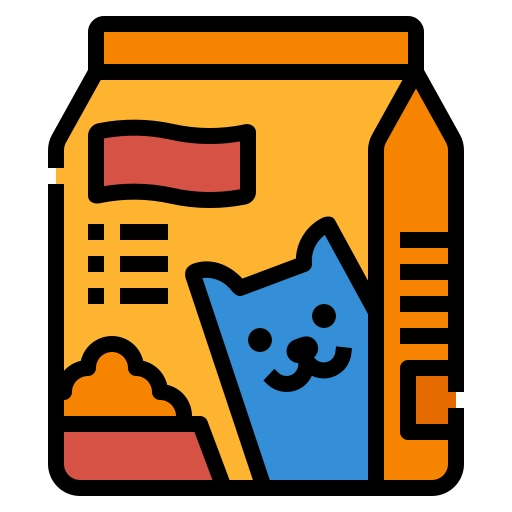
Cat Food
While not inherently toxic, cat food contains much higher levels of much higher protein and fat than dogs need. Regular consumption can overwhelm a dog's digestive system, leading to pancreatitis, obesity, and kidney strain. The imbalance in nutrients, particularly the excess taurine and fatty acids designed for feline biology, can throw off a dog's metabolic processes, especially in small breeds.

Sugar
While not acutely toxic if eaten once-off, sugar is harmful to dogs over time. Excessive sugar consumption adds to obesity, diabetes mellitus, and dental decay. It also causes blood sugar spikes and crashes, which can lead to hyperactivity followed by lethargy, as well as inflammation and exacerbation of joint issues in aging dogs.

Salt
Too much salt can lead to sodium ion poisoning, also known as hypernatremia. Dogs that ingest large amounts of salt—for example through salty snacks, seawater, or homemade playdough—may show signs of vomiting, diarrhea, excessive thirst, excessive urination, tremors, and seizures. Severe salt poisoning can result in brain swelling, coma, and death. Always avoid feeding your dog processed salty foods.
Least Toxic (Causes GI Distress)
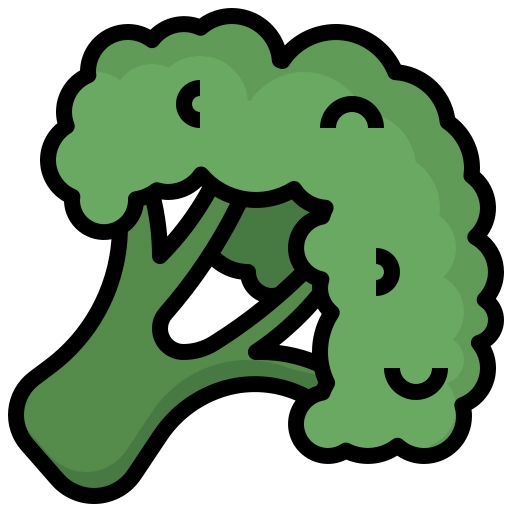
Broccoli
Broccoli contains isothiocyanates, naturally occurring compounds that can irritate the stomach lining and cause gas, bloating, and mild to moderate gastrointestinal discomfort. While small amounts (less than 10% of the dog's daily intake) are usually safe, large amounts of broccoli increase the risk of digestive upset. The fibrous stalks are also a choking hazards for small or fast-eating dogs, so avoid raw broccoli stems in any amount.

Cinnamon
While not highly toxic, cinnamon can irritate a dog's mouth and digestive system. Whether it's ground cinnamon or cinnamon essential oil, dogs can suffer from vomiting, diarrhea, coughing, and breathing difficulties (especially if inhaled). Meanwhile, large amounts can lower blood sugar and affect heart rate and liver function, particularly in sensitive dogs or those with preexisting conditions.
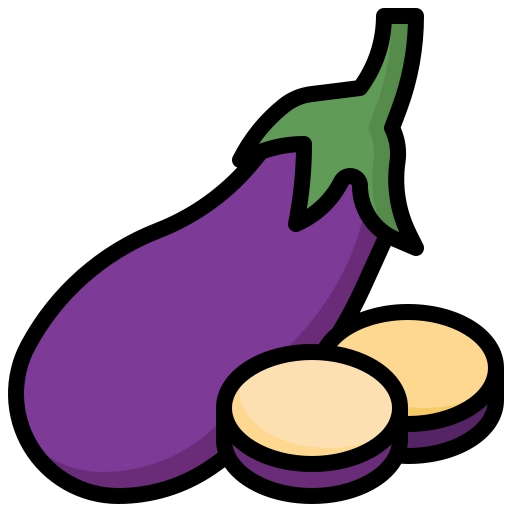
Eggplant
Eggplant, like tomatoes and potatoes, belongs to the nightshade family and contains solanine, particularly in the leaves and stems. While a small amount of cooked eggplant flesh may not harm most dogs, some are more sensitive and may experience gastrointestinal upset, drooling, or allergic reactions such as itching and facial swelling. Solanine toxicity, though rare from eggplant alone, is a risk if large quantities or raw parts are consumed.
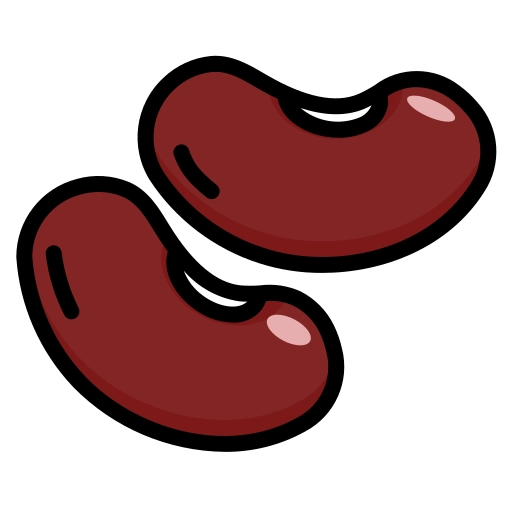
Raw Beans
Uncooked beans, and especially red kidney beans, contain phytohemagglutinin, a lectin that can cause intense vomiting, abdominal cramps, and diarrhea. Cooking destroys this toxin, making beans safe but only when thoroughly cooked and served plain without salt, garlic, or spices. Note that canned beans often contain added sodium and preservatives.
Why Are Some Foods So Toxic to Dogs?
Dog digestion and metabolism are very different from that of humans. We can consume ungodly amounts of chocolate, yet even a relatively small amount can kill a dog. That's because dogs metabolize theobromine and caffeine far slower than humans. These substances build up in their systems with fatal consequences.
The inverse is also true: although it's wise to favor cooked meat, dogs can get away with eating raw meat that contains bacteria like Salmonella or E.coli. These microbes cause severe illness and even death in humans. But as carnivores, dogs have much shorter and more acidic digestive tracts which offer greater protection.
Are All Dog Breeds Affected?
While all the foods listed below are toxic to dogs, some breeds are more vulnerable. For instance, the lower the body weight, the greater the impact of the poison, so small breeds like Pomeranians, Chihuahuas, and Toy Shelties who steal a piece of chocolate get far sicker than large dogs.
Meanwhile, Daschunds and Schnauzers are prone to pancreatitis, so a consistent intake of fatty food is extra bad for their health, while Labradors and Retrievers are known for eating anything in sight, making them more likely to suffer from accidental food poisoning. In general, puppies and senior dogs are also more vulnerable to certain dangerous foods as they have immature and weaker gut biomes.
Free Fridge Poster
Keeping your dog safe around the home demands consistent care and attention. It's easy to accidentally overdose your dog on garlic by offering leftover dinners, or induce fatal hypoglycaemia by leaving a packet of chewing gum on the couch. Share this free PDF poster with the whole family and help keep high risk foods out of reach of your dog.

Download this free PDF poster and put it on the fridge for family and guests.


